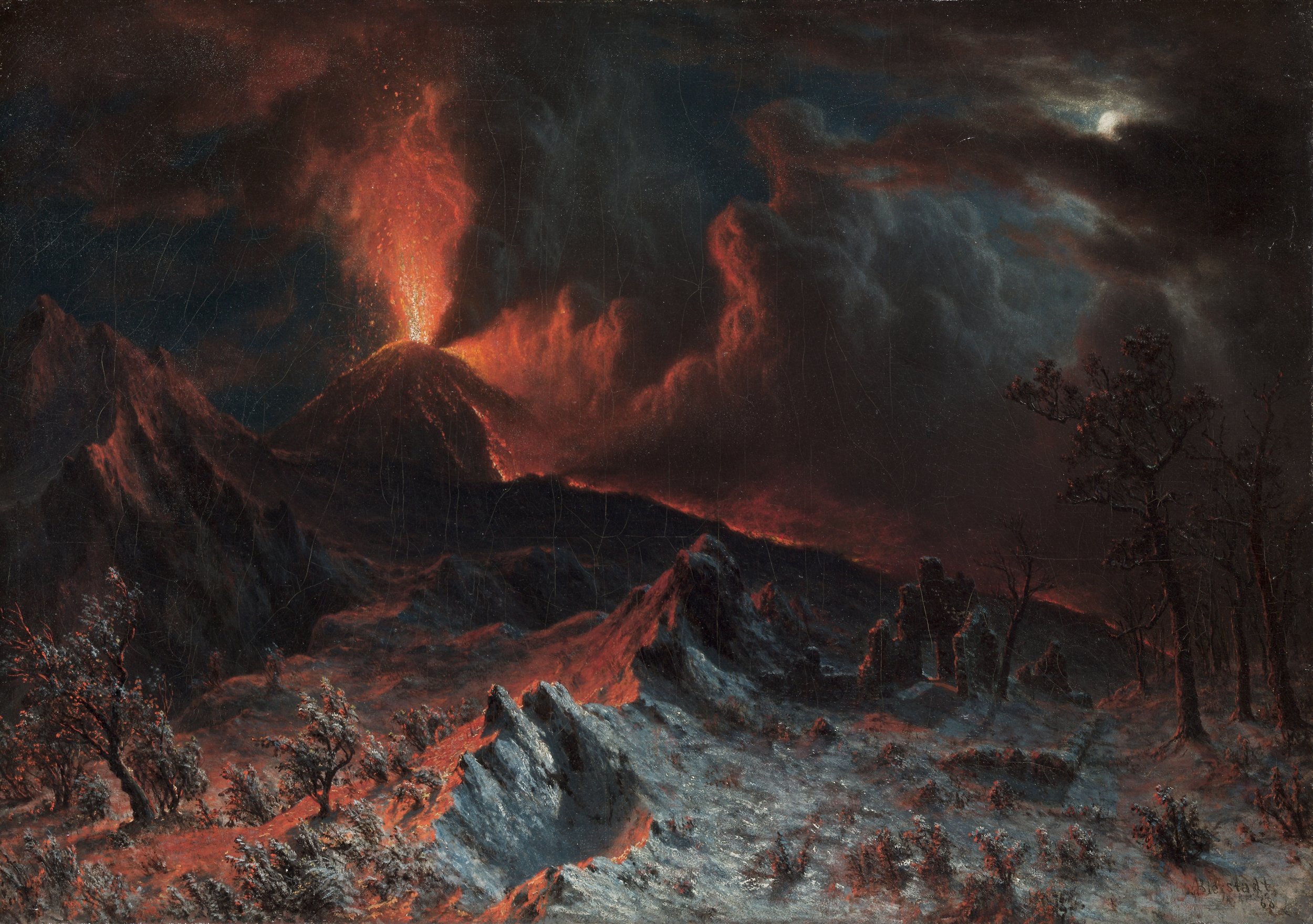End of Ecstasy

End of Ecstasy
Conor Sweetman
On the Beginnings of Ekstasis
Experience has taught me this: it is easy for a “creative” or “intellectual” to get caught up in the twist and verve of color and verb. The endless search for literary insight and cutting-edge creativity will leave our bodies aching to be put to practical use. Although coffee and the internet make great creative conduits, we are clothed in flesh and tasked with the mandate to work.
The beginning of Ekstasis Magazine was inspired by my undergraduate studies and social enthusiasm. In those first months of planning to form my own magazine, I wanted to create something remarkable and awe-inspiring, while at the same time, achieving my childhood dream of having my work published. I felt it would be nice to see my name in print, with the title of “Founder” etched in Baskerville font. Armed with artistic inspiration, immature motives, and the encouraging words of my academic and artistic community, I published the very first issue of Ekstasis Magazine.
In retrospect, it’s interesting that I was drawn to the word ‘Ekstasis’ as a title for the endeavor. Literally meaning “to be outside oneself,” the word encapsulates the desire to exceed one’s own grasp; to pursue and transcend that which is beyond physical reality. As a young artist, writer, and Christian reckoning with the mysticism of old saints, experience with charismatic evangelicals, my own physical disability, and the honing of my artistic inclinations, I found this ambition to be a heady draught. In the midst of these influences, I began to base my work and passion on the belief that, as Dostoyevsky’s prince proclaims, “Beauty will save the world.”
*
Yet, I think I missed an integral part of the equation. Beauty, on its own, is beautiful—but it is not good; it is not true. Even if a piece of art is beautiful, good and true, it does not create life itself. As Christian Wiman writes, “If you’ve never been consumed by an art, it might seem strange to think of [art] as an antithesis to life… But the fact is, art can compromise, even in some way neutralize, the very experience on which it depends.”
I realized that the monks and nuns, whose writings first introduced me to the concept of “ekstasis,” did not base their lives solely on the pursuit of mystical beauty or the transcendent truths that I was seeking. Instead, their days were monotonous; the hours of worship were long and at times, wearisome. For them, the worth of God far outweighed the desire for novelty or the desire for experience.
Bent in the cathedral before the morning sun shone through stained glass windows, devout men and women formed a framework of discipline that fit their ecstatic experiences. When visions, trances and mystical experiences overtook them, they were grounded in innumerable days of discipline and silence that accompanied the mundane. Wiman explains a healthy perspective that I believe these devotees shared: “This is how you ascertain the truth of spiritual experience: it propels you back toward the world and other people, and not simply more deeply within yourself.” Thus, Francis, Augustine and Hildegard of Bingen carried their experiences like a treasure within—rather than seeking ekstasis as an exterior escape. They did not relish the enthusiasmos for its own sake. Transcendence is not worthy of worship. Beauty, on its own, will not save the world.
*
Despite all of this, we must engage with the arts, as it prods and sharpens the spiritual reality of having been created in the Imago Dei. Music, paintings, books, and poetry breathe ethereal vitality into our otherwise earthly frame—God knows it is necessary to the flourishing of those who are more than just flesh and bone. Whatever the medium, great works of art discover the depths of our humanness, in both its beauty and tragedy. With this in mind, let art and the reality of transcendence fuel your life rather than consume it.
My hope for you is that this magazine would show you something outside of your normal experience; that you would enjoy new glimpses of God’s glory, and the love that these words and pictures might reveal. Afterward, place it on a coffee table and put your hand to your vocational plough. Use your mind and body to build up the kingdom of God, brick by holy brick. Then, when the kingdom of God is established in full, we will experience both the wholeness of our own physicality and the totality of transcendence at the same time.
May your body not lie dormant in the study or studio, lacking the action of loving your neighbor. Being inside ourselves is a good thing; living according to the place, time and community we currently inhabit will cultivate contentment that ecstasy could never sustain.
Conor Sweetman
Editor & Creative Lead
Conor is the founder of Ekstasis Magazine




